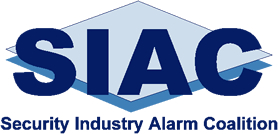There are many ways for cities to improve crime fighting. Money, of course, is often the most important factor. In the current climate of flat or declining municipal budgets, different investments get a new look.
The city of Atlanta, for example, is putting in a video surveillance system at a price tag of $2 million. They expect to add more than 100 cameras at critical locations around the city. That’s all well and good.
At the same time, to ensure the best quality program, monitoring of these video systems must include highly trained employees able to recognize criminal activity. One of the big issues surrounding video, and one that is important to keep unnecessary calls for dispatch down, is determining whether an image captured on video is actually a crime in progress. You can spend money, but you need planning and analytics that assist in the practical use or proper application, i.e. motion detection to alert an operator of an event.
The City of Richmond, CA, for example, installed cameras and monitored them in their dispatch office, but failed to realize the manpower and technology necessary to detect live events and actually missed crimes in progress because “no one noticed” the crimes due to the sheer number of cameras and monitors being utilized. That’s what we don’t want to happen.
Surveillance video is a great crime fighting and prevention tool. We support it. At the same time, caution must be exercised to ensure the best possible use of video. Good equipment, the smartest installation locations, and proper training of employees in monitoring facilities is all part of a strong equation so cities like Atlanta get the most effective bang for their buck.
Across North America, there are examples of cities that have reduced crime by employing video surveillance technology. This helps police stretch resources and improve their prevention and apprehension techniques. Sales of these systems help grow the electronic security industry. Video surveillance is an example where local law enforcement and alarm companies work together for better community protection.
